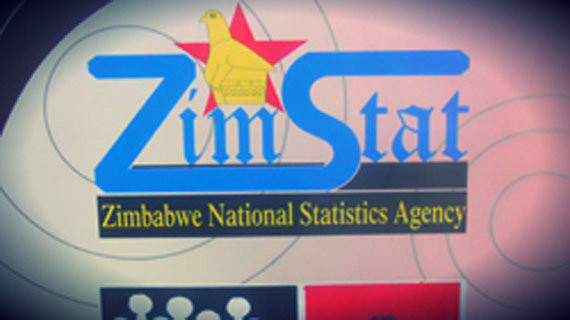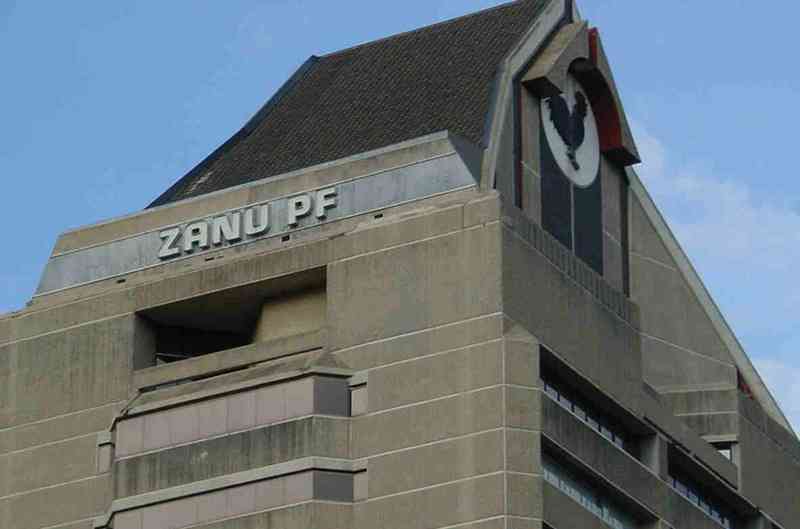
ZIMBABWE’S agricultural producer prices surged in May 2025, with new data from the Zimbabwe National Statistics Agency (ZimStat) showing a 36,4% year-on-year (YoY) increase in the Producer Price Index for Agriculture (PPIA).
“The year-on-year rate of change for the US$-denominated PPIA stood at 36,4% in May 2025, meaning farm gate prices have risen by more than a third compared to May 2024,” ZimStat said in a statement on Friday.
The PPIA measures the average producer price change for agricultural output.
The sharp rise reflects mounting inflationary pressure in the sector, driven by a combination of input cost hikes, currency volatility and seasonal supply shifts.
On a month-to-month basis, agricultural prices also moved upwards.
According to ZimStat, the PPIA rose by 1,1% from April to May 2025 up from the 0,2% increase recorded the previous month.
“This acceleration represents a gain of 0,9 percentage points, suggesting renewed short-term inflation for agricultural commodities,” ZimStat explained.
“The month-on-month rate is calculated by comparing the index of a given month to that of the previous month.”
- Thousands flee economic mess
- Disband RBZ: Hanke
- 40 000 enumerators threaten legal action
- Zimbos don't want to burden SA's health system
Keep Reading
Agricultural economist Tinashe Chikomba said the data signalled pressure on both farmers and consumers.
“A 36% annual jump in producer prices is not just about higher earnings for farmers, it often reflects serious structural costs in the production process,” he said.
“Fertiliser, seed, fuel and transport have all gone up in US$ terms.
“These figures should trigger urgent policy reviews, especially around input support and post-harvest handling.”
He warned that the rising prices could soon translate to higher food costs for consumers, particularly in urban areas where food purchases account for a significant portion of household income.
“The government needs to keep a close watch on this trend, especially ahead of the next planting season,” Chikomba added.
ZimStat said it would continue to monitor developments and publish PPIA data regularly to assist decision-making across the agricultural value chain.










